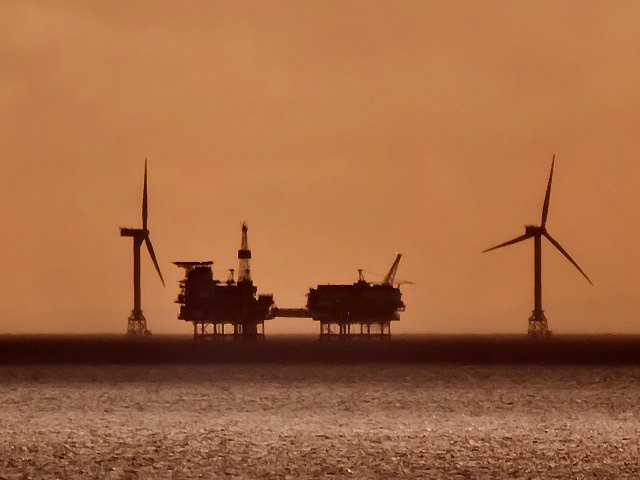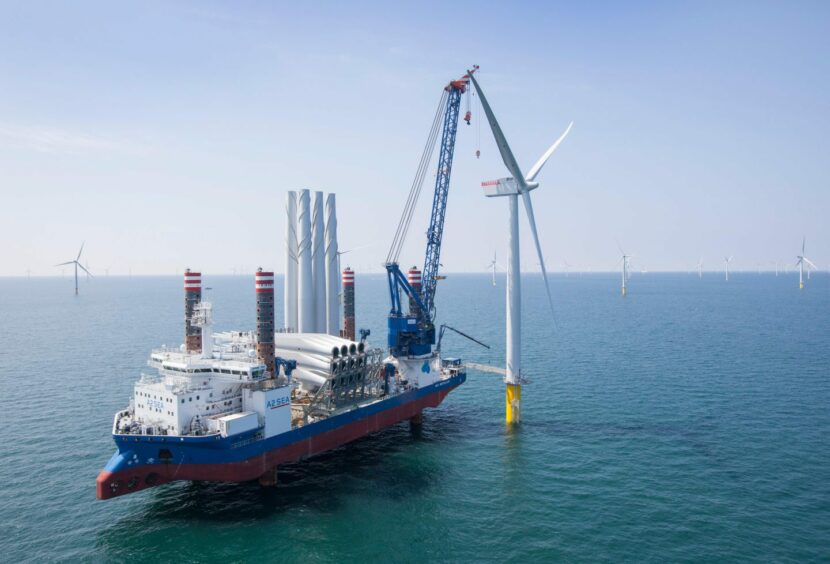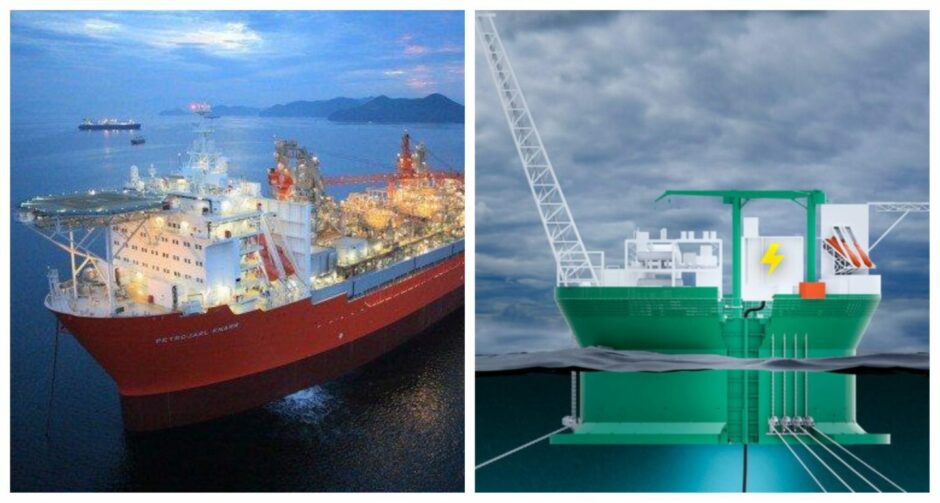
Plans to accelerate the rollout of offshore wind in the UK could be knocked off course by renewed oil and gas activity, as both sectors compete for the same resources.
The Institute for Energy Economics and Financial Analysis (IEEFA) believes efforts to increase North Sea hydrocarbons supplies “risks jeopardising” the nation’s energy transition.
By the end of the decade, the UK hopes to have 50 gigawatts (GW) of installed offshore wind capacity.
Currently though, much of the focus is on expanding North Sea oil and gas supplies as Westminster goes great guns on fortifying energy security.
By stimulating both sectors, the IEEFA, a think tank that doesn’t disclose its funders, says it will result in “competition over limited supply chain resources”.
The result will be an increase in costs, which the organisation believes will disproportionately hamper the offshore wind sector.
As a result, project timelines could be delayed, causing the UK to miss its offshore wind and net zero targets, according to the IEEFA.

It also points to the UK’s reaming oil and gas reserves, which it claims is “not enough for the country to ever be self-sufficient again”.
Instead, the IEEFA is encouraging Westminster to move its eggs into the offshore wind basket.
Andrew Reid, guest contributor at the think tank, says: “Meeting the UK’s offshore wind capacity will require £70 billion in capital investment through 2030, fuelling demand for turbines, installation and commissioning vessels, port infrastructure, cable, foundations, substations, and personnel. The offshore wind industry is expected to create an employment boom, with its employed personnel reaching 97,000 by 2030 – a 214% increase from 2022.”
“The cost of electricity produced by gas-fired power plants in the UK last summer was nine times more expensive than offshore wind power, which shows that currently there is a weaker economic case for continued fossil fuel power generation. Yet, O&G companies have the resources to outbid the lower-margin offshore wind industry for critical supply chain components. The government must urgently act to avoid this in order to protect consumers and stay on path to meet its renewable power generation and decarbonisation goals.”
High inflation, interest rates, and currency price fluctuations are already biting the wind industry, and turbine manufacturers have upped their prices.
Vessels and infrastructure will likely be in short supply soon, if several big North Sea oil projects progress as planned.
Exploration arising from the 33rd Offshore Oil and Gas Licensing Round, which could yield 100 permits, will add fuel to the fire.
According to the IEEFA, the offshore wind industry “cannot compete” with the financial muscle of oil companies, even though the sector will “play a bigger role in the UK’s future energy mix”.
Arjun Flora, director of energy finance studies, Europe, at IEEFA says: “Remaining oil and gas reserves in the North Sea are insignificant compared to the UK’s long-term energy security needs. Providing a lifeline to the oil and gas sector in the North Sea will be a costly mistake and goes against the aims of the British Energy Security Strategy, as well as the UK’s goal of reaching net-zero by 2050.”
“The Government should avoid at all costs creating a situation where the oil and gas industry, which can no longer fulfil the UK’s energy demand, cannibalises supply chain resources that are urgently needed to secure the country’s future security of supply.”
A spokesperson for the Department for Business, Energy and Industrial Strategy (BEIS) said: “The UK is already a world leader in offshore wind with the most installed capacity in Europe, enough to power nearly 10 million homes.
“The Government’s ambition remains to deliver up to 50GW offshore wind by 2030 and we are making strong progress. This year the UK became home to the world’s largest operational offshore windfarm – Hornsea Two – and an even larger project, the 3.6GW Dogger Bank, is in construction due to be fully completed around 2026.”
Recommended for you


 © Supplied by Teekay/Sevan SSP
© Supplied by Teekay/Sevan SSP